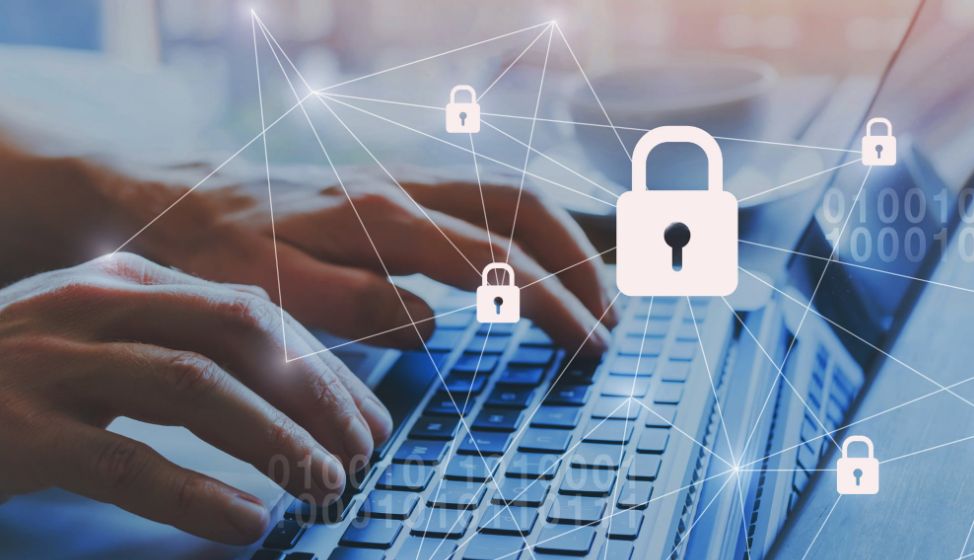Key Takeaways:
- Personal data protection is crucial in our digital age to maintain privacy and security.
- There are numerous threats to personal data, including phishing and malware.
- Implementing simple yet effective strategies can dramatically enhance data security.
- Leveraging technology is vital for modern data protection.
- Legal frameworks enforce data protection standards, offering safer digital interactions.
Table of Contents:
- Introduction
- Common Threats to Personal Data
- Practical Strategies to Protect Personal Data
- Leveraging Technology for Data Security
- The Role of Legal Frameworks in Data Protection
- Enhancing Personal and Business Data Protection
- Conclusion
Introduction
Personal data protection has become a paramount concern for individuals and organizations in the modern digital landscape. With the pervasive use of technology in personal and professional spheres, sensitive data is constantly being stored and transmitted across various platforms. This increased digital activity, while convenient, has opened up avenues for potential data breaches and unauthorized access. Ensuring the security of personal data is essential for maintaining individual privacy and establishing trust in digital transactions and communications. This article explores practical strategies for safeguarding personal information, highlighting the pivotal role of technology and legal frameworks in creating a secure digital future.
Common Threats to Personal Data
The online environment is fraught with dangers that threaten the safety of personal information. Among the most concerning threats are phishing attacks, wherein cybercriminals employ deceitful tactics to extract sensitive data from unsuspecting individuals. These attacks often involve emails or messages that mimic legitimate sources to trick users into revealing passwords, credit card numbers, or other personal details. Another formidable threat is malware, which covers a range of malicious software types designed to infiltrate and damage systems, potentially leading to data compromise. For instance, by understanding data breaches with Fortinet, users can gain valuable insights into the nature of these attacks and develop proactive measures to counteract them effectively, safeguarding their data from potential exploitation.
The rise of social engineering techniques further exacerbates the risks as attackers exploit human psychology to bypass security measures. Weak or reused passwords also remain a critical vulnerability, allowing hackers to access multiple accounts once a single set of credentials is compromised. Public Wi-Fi networks pose another significant threat, often as a hotspot for cybercriminals to intercept unencrypted data. In addition, unpatched software vulnerabilities can serve as a gateway for attackers to gain unauthorized access to devices and networks. Staying informed and utilizing robust security tools like firewalls and antivirus programs can significantly reduce exposure to these threats and enhance digital safety.
Practical Strategies to Protect Personal Data
Despite the looming threat landscape, there are numerous actionable strategies that individuals and organizations can implement to enhance the protection of personal information. A fundamental step is using strong, unique passwords for each account. Passwords should combine a mix of letters, numbers, and special characters to boost security. Establishing a routine of regularly updating passwords can further mitigate the risk of unauthorized breaches. Beyond password management, keeping all software and applications up-to-date is crucial, as updates frequently include security patches that address vulnerabilities in older versions. Integrating reputable antivirus software into your system can also provide a robust line of defense, continually scanning for and neutralizing potential threats before they can inflict damage.
Leveraging Technology for Data Security
Utilizing technological advancements is an indispensable component of modern data protection strategies. Encryption stands out as a powerful tool, safeguarding information by converting it into an unreadable format absent the appropriate decryption key. This protects data during storage and transmission, ensuring it remains private even if intercepted. Secure browsing practices, such as utilizing Virtual Private Networks (VPNs) and accessing only HTTPS-secured websites, add additional layers of protection. Software and hardware types of firewalls act as a barrier to managing and filtering traffic from your network. Adopting cloud-based storage solutions with robust security protocols can help secure sensitive information, providing a flexible yet safe data storage and management environment.
The Role of Legal Frameworks in Data Protection
In response to the heightened need for personal data protection, governments worldwide have instituted comprehensive legal measures to fortify security and privacy norms. Regulations often require companies to adopt stringent data handling procedures, emphasizing transparency and accountability in data usage. These frameworks empower consumers by granting them rights over their personal information and stipulating penalties for organizations that fail to adhere to these standards. Legal structures ensure a unified approach to data security and, when efficiently implemented, can foster an environment of trust and security within digital transactions. By complying with these regulations, businesses can demonstrate their dedication to upholding privacy rights while enhancing their reputation and customer trust.
Enhancing Personal and Business Data Protection
To effectively bolster data protection efforts, individuals and businesses must take proactive steps tailored to their respective needs. Conducting regular security audits to identify vulnerabilities and devising strategies to address them is critical. It’s also essential to foster a culture of security awareness by educating employees and users about the latest threats and security practices. Incorporating secure communication protocols—such as encoding confidential messages and using secure file transfer methods—can significantly contribute to data safety during transmission. By integrating these comprehensive approaches, encompassing technical solutions and awareness initiatives, a robust security framework can be established, effectively minimizing the risk of data breaches and ensuring lasting data protection.
Conclusion
As we advance deeper into the interconnected digital age, maintaining vigilant personal data protection practices remains essential for individuals and organizations. Understanding the threats and implementing effective strategies to protect against them can foster a secure and safe online experience. Embracing technological innovation and diligently complying with legal standards are vital in reinforcing security measures. By cultivating a proactive mindset towards data protection, we can maintain privacy and trust while facilitating a resilient digital environment, paving the way for continued growth and innovation. Together, we can ensure a digital future that promises security and opportunity through concerted efforts.

